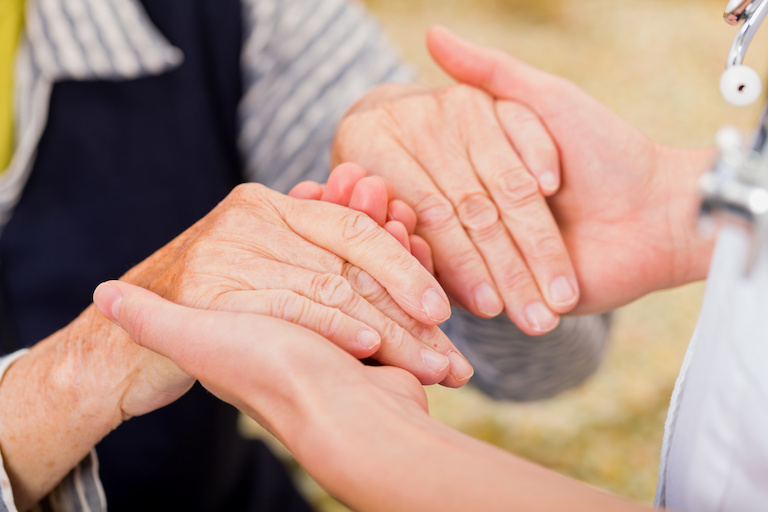Century Park Blog

For some, it’s a constant, achy pain. For others, it’s a swelling stiffness in the morning.
More than a hundred types of joint and connective tissue pain fall under the category of arthritis, each with its own challenges and interventions.
According to the Centers for Disease Control and Prevention, arthritis is the most common cause of disability in the United States, affecting more than 50 million adult citizens and limiting the activities of 21 million.
In Michigan, a 2009 study showed that more than a quarter of the state’s adult population has an arthritis diagnosis, with more than a third of these individuals limited in their work activities as a result.
There is currently no cure for arthritis, so for those who live with it, understanding how to treat the symptoms is vital to a good life. And even those who do not have arthritis can learn ways to decrease their risk of developing it, and to be a support to their friends and family members who have it.
Understanding arthritis empowers everyone.
Osteoarthritis
Osteoarthritis (OA) is the most common type of arthritis. It occurs when the cushioning tissue around the joint bones wears away – often in the hips, knees, spine and hands. The result is that the bones rub together, causing pain and stiffness. Sometimes an injury or infection contributes to this breakdown of cartilage, while other times it happens as an individual ages.
Thankfully, OA is also the most easily treated and prevented type of arthritis. Avoiding injury reduces one’s risk, as well as maintaining or achieving a healthy weight.
Exercise is also essential in avoiding stiffness and in controlling weight. To avoid damaging cartilage further, gentle exercises like walking, swimming, yoga, tai chi or gardening are best.
Physical and occupational therapy can also help individuals with OA maintain a more normal lifestyle, and physicians can prescribe medications to help with the pain.
Rheumatoid Arthritis
Rheumatoid arthritis (RA), is an inflammation caused when the immune system attacks the joints. RA may get worse over time, or it may flare up and dissipate. It also affects more than the joints – it can even damage the heart, lungs, eyes or skin.
Risk factors for RA include genetics, gender (women are more than twice as likely as men to develop RA) and smoking.
Treatments are similar to those used for OA – controlling weight, taking the medication recommended by the primary physician and performing gentle types of exercises. Hot and cold treatments may also help reduce the inflammation.
Juvenile Arthritis
Juvenile arthritis (JA) can manifest itself in many symptoms of joint pain in children ages 16 and younger. The CDC estimates that about one in 250 Americans age 18 or younger have some sort of arthritis.
The usual marker of JA is long-lasting swelling in the joints, though the arthritis can damage organs as well and can even cause children to be shorter when they grow up.
The causes of JA are a mystery, and treatments can be hit or miss. The best thing children and their families can do is to learn as much as they can, treat the symptoms and live as normal a life as possible. The Arthritis Foundation and Sautural both emphasize the importance of not letting arthritis hold kids back from life.
Resources
Resources include The AF website, (arthritis.org), the CDC website (cdc.gov/arthritis), the National Arthritis Association (curearthritis.org) and the Downriver Family YMCA, which offers several arthritis-appropriate classes and training.
Someday, researchers hope to find a cure.
Until then, learning about arthritis goes a long way to helping those living with joint pain and even preventing future cases. And that is good for everybody.



